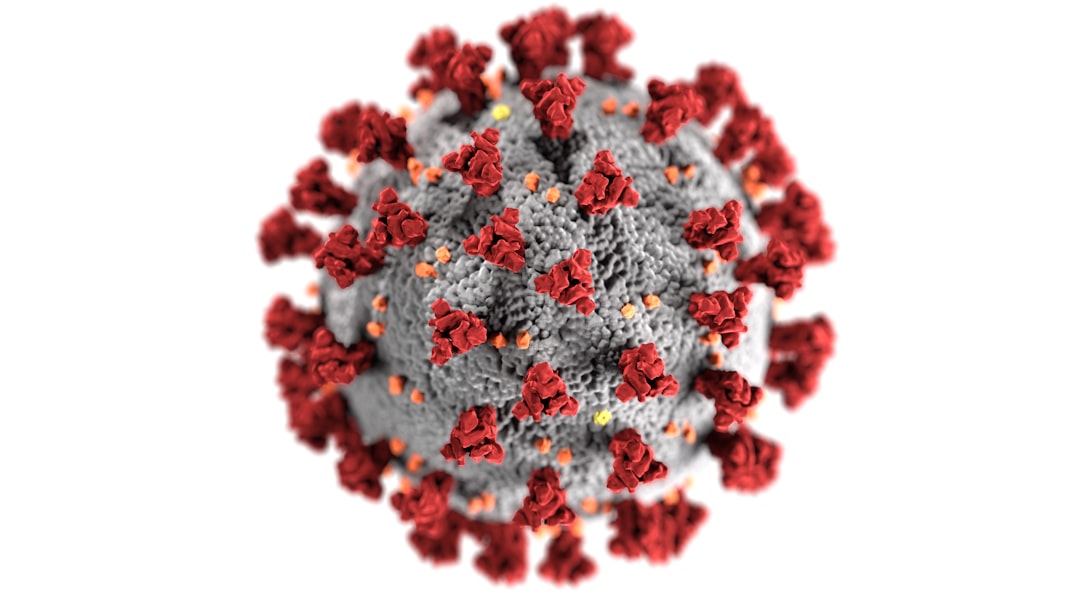What is it about?
Bismuth oxyhalides (BiOX, X = Cl, Br, and I) have sparked a lot of interest among researchers due to their special layered structures, optical, and electronic properties. Under visible light irradiation, bismuth-based photocatalysts have shown efficient photocatalytic activities for the removal of harmful effluents, water splitting, antibacterial activity, and sensor studies. However, the photocatalytic performance of BiOX is limited when it comes to the practical application due to their band structures and fast electron-hole recombination. Various modifications have been explored to enhance the photocatalytic performance towards the visible light spectrum such as doping with metal or non-metal elements and heterojunction design. This review summarized the reported studies on the synthesis methods of preparing bismuth oxyhalides, modifications of bismuth oxyhalides and their photocatalysis, hydrogen production, antibacterial studies, and their sensing properties.
Featured Image

Photo by Alexander Grey on Unsplash
Why is it important?
Bismuth oxyhalides (BiOX, X = Cl, Br, and I) have sparked a lot of interest among researchers due to their special layered structures, optical, and electronic properties. Under visible light irradiation, bismuth-based photocatalysts have shown efficient photocatalytic activities for the removal of harmful effluents, water splitting, antibacterial activity, and sensor studies. However, the photocatalytic performance of BiOX is limited when it comes to the practical application due to their band structures and fast electron-hole recombination. Various modifications have been explored to enhance the photocatalytic performance towards the visible light spectrum such as doping with metal or non-metal elements and heterojunction design. This review summarized the reported studies on the synthesis methods of preparing bismuth oxyhalides, modifications of bismuth oxyhalides and their photocatalysis, hydrogen production, antibacterial studies, and their sensing properties.
Perspectives
Bismuth oxyhalides (BiOX, X = Cl, Br, and I) have sparked a lot of interest among researchers due to their special layered structures, optical, and electronic properties. Under visible light irradiation, bismuth-based photocatalysts have shown efficient photocatalytic activities for the removal of harmful effluents, water splitting, antibacterial activity, and sensor studies. However, the photocatalytic performance of BiOX is limited when it comes to the practical application due to their band structures and fast electron-hole recombination. Various modifications have been explored to enhance the photocatalytic performance towards the visible light spectrum such as doping with metal or non-metal elements and heterojunction design. This review summarized the reported studies on the synthesis methods of preparing bismuth oxyhalides, modifications of bismuth oxyhalides and their photocatalysis, hydrogen production, antibacterial studies, and their sensing properties.
Professor Mohammad Mansoob Khan
Universiti Brunei Darussalam
Read the Original
This page is a summary of: Bismuth oxyhalides: Recent progress and its applications in photocatalysis, hydrogen production, antibacterial studies, and sensors, Materials Science in Semiconductor Processing, August 2023, Elsevier,
DOI: 10.1016/j.mssp.2023.107547.
You can read the full text:
Resources
Bismuth oxyhalides: Recent progress and its applications in photocatalysis, hydrogen production, antibacterial studies, and sensors
Bismuth oxyhalides (BiOX, X = Cl, Br, and I) have sparked a lot of interest among researchers due to their special layered structures, optical, and electronic properties. Under visible light irradiation, bismuth-based photocatalysts have shown efficient photocatalytic activities for the removal of harmful effluents, water splitting, antibacterial activity, and sensor studies. However, the photocatalytic performance of BiOX is limited when it comes to the practical application due to their band structures and fast electron-hole recombination. Various modifications have been explored to enhance the photocatalytic performance towards the visible light spectrum such as doping with metal or non-metal elements and heterojunction design. This review summarized the reported studies on the synthesis methods of preparing bismuth oxyhalides, modifications of bismuth oxyhalides and their photocatalysis, hydrogen production, antibacterial studies, and their sensing properties.
Bismuth oxyhalides: Recent progress and its applications in photocatalysis, hydrogen production, antibacterial studies, and sensors
Highlights • Bismuth oxyhalides (BiOX, X = Cl, Br, and I). • Focused on visible light active bismuth oxyhalides. • Bismuth oxyhalides as visible-light-active photocatalysts. • Bismuth oxyhalides for antibacterial studies. • Bismuth oxyhalides for sensors. https://authors.elsevier.com/a/1h3lo4tTDnlgue
Contributors
The following have contributed to this page










